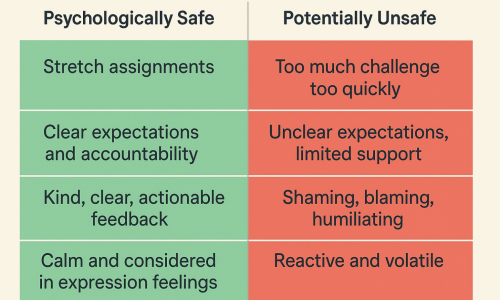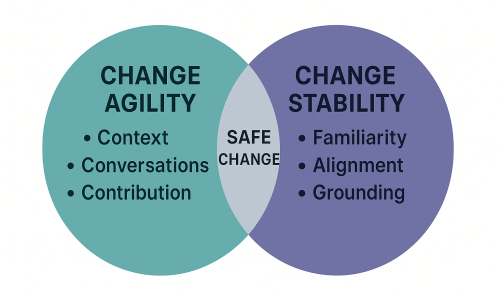Earlier this week, I was fortunate to spend some time working on our beautiful Fleurieu Peninsula. Wading barefoot in the surf, pants rolled up, is one of my all-time favourite things to do.
On this particular day, I was struck by the clear and pristine beauty of Middleton Beach, while just across the peninsula, much of our South Australian coast is struggling under a toxic algal bloom.
It got me thinking about the different workplace cultures I encounter through my coaching work. Some are clear, positive, and energising, with a healthy, forward rhythm like the Middleton’s waves. Others feel murky, stagnant, and even unsafe, much like parts of our Gulf at the moment.
So, what can you do if you’re a leader trying to make a positive impact within a toxic workplace?
- Reset expectations around behaviour and accountability:
Be clear about what good looks like. Involve your people in defining the standards and hold everyone, including leaders, accountable. - Model the behaviours you want to see:
Demonstrate respect, openness, and integrity. Have the courage to call out toxic behaviours, even when they appear in your peers or those above you. - Ramp up your self-care:
Toxic environments can take a toll. Prioritise exercise, rest, and positive social connections outside of work. Without strong self-care, it’s easy to become part of the problem. - Focus on what you can influence:
Change what you can, accept what you can’t, and stay clear about the difference. Influence grows from clarity, not frustration. - Know when to move on:
If the culture has reached a point of no return, look outward. Find your own “patch of coast” – the environment that allows you to thrive and lead in alignment with your values. Sometimes, it’s just across the peninsula.
Even in toxic waters, renewal is possible. But it starts with courageous leadership and a clear commitment to creating safer, healthier currents.



